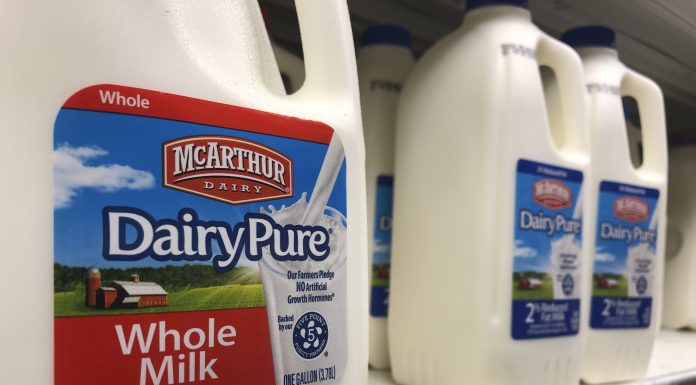(Washington Examiner) One of the most important weaknesses in our way of life exposed by the response to the COVID-19 pandemic is our centralized and efficiency-obsessed food supply chain. Concerns about employee safety in our nation’s food processing facilities, combined with the shutdown of schools, hotels, and many restaurants, have distorted farmers’ incentives and resulted in shortages at grocery stores…
Though supply chain issues are not limited to meat production, meat shortages at large retailers and fast-food restaurants are capturing headlines. Packing plants that are equipped to supply food service locations cannot easily shift their production to retail meat delivery.
The story is similar for dairy: Food service customers such as hotels and restaurants use 2.5-gallon bags of milk instead of the familiar 1-gallon jugs.
This has resulted in a dramatic rise in wholesale meat prices — that is, prices paid by retailers.
The simultaneous closure or reduced capacity of processors due to concerns about the spread of COVID-19 among employees has resulted in a dramatic reduction in the slaughter of cattle and hogs. In Kansas, for instance, the COVID-19 infection rate is relatively low outside the larger urban areas — except in the three counties in which large meat processors are located.
This reduction in demand for animals has caused a crash in prices that leave farmers and ranchers with few options. Facing low prices for those animals, many are faced with the decision to euthanize the animals. The result of this is a reduction in food available to consumers in the coming weeks and months.
This misalignment of incentives, destroying food while shelves go bare, is not a natural feature of food production. Rather, it is a result of a food supply chain that is designed for maximum efficiency in good times with little to no provision for crises.



